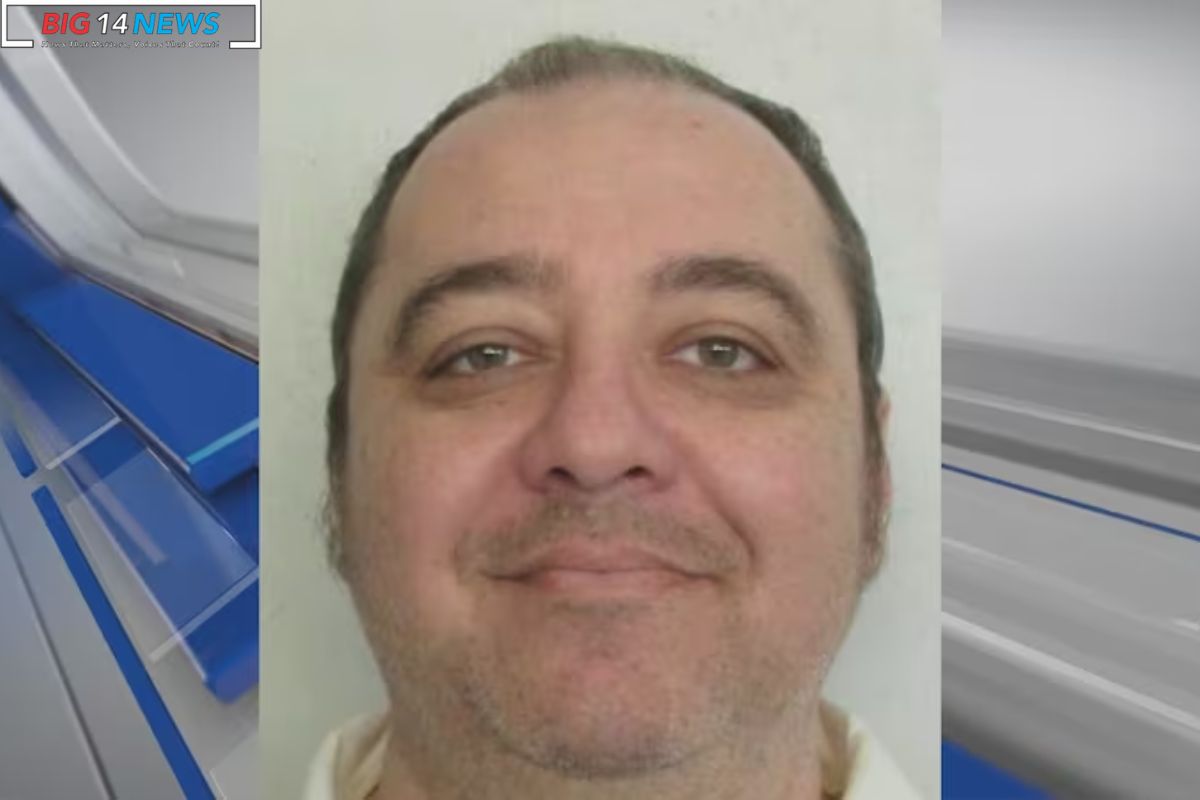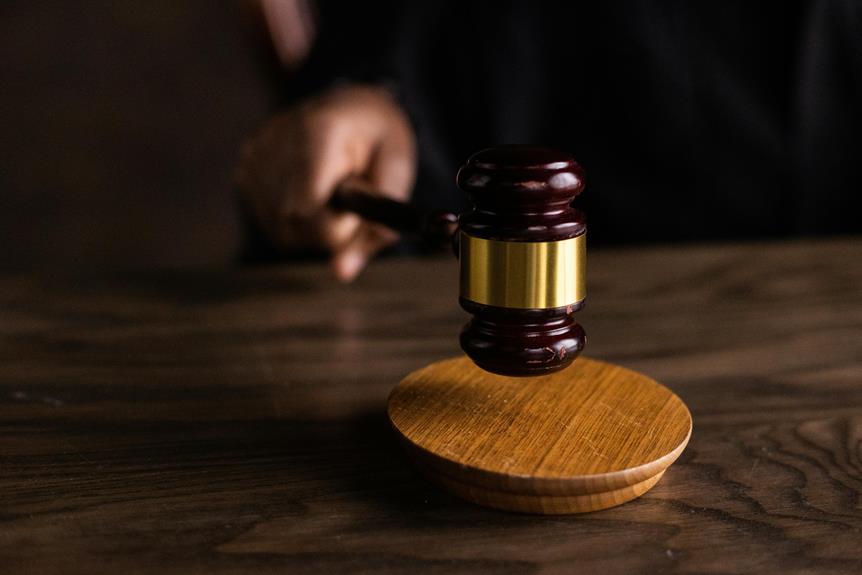Federal Judge Recommends Alterations: In a significant development, a federal judge has recommended alterations to the nitrogen hypoxia execution protocol. This execution method has raised concerns due to its potential implications and the need for careful considerations.
In light of a recent case involving Kenneth Eugene Smith, the judge’s instructions and arguments put forth by the state’s attorney require thorough examination. This article provides an overview of the execution method, the judge’s recommendations, and the broader implications of this case, catering to an audience seeking mastery in this subject matter.
Key Takeaways
- Nitrogen hypoxia is a method of execution that involves replacing breathable air with nitrogen gas.
- Concerns have been raised about the constitutionality and potential violations of religious rights associated with this method.
- Judge Huffaker recommended modifications to the nitrogen hypoxia execution protocol, including accommodating the defendant’s request to pray and speak without the mask, with witnesses present.
- The state’s attorney emphasized the importance of safety and security during the execution process and proposed pre-execution protocols to address these concerns.
Overview of the Execution Method and Associated Concerns
The execution method of nitrogen hypoxia has raised significant concerns and prompted legal challenges regarding its constitutionality and potential violations of religious rights. This method involves replacing breathable air with nitrogen to cause death due to lack of oxygen. Nitrogen hypoxia is a relatively new method of execution that has been authorized in Alabama, Mississippi, and Oklahoma but has yet to be implemented.
The process of nitrogen hypoxia involves placing a gas mask over the nose and mouth of the inmate, through which nitrogen gas is delivered, ultimately causing death through oxygen deprivation. This method has sparked debates about its constitutionality, as opponents argue that it may violate the Eighth Amendment’s prohibition against cruel and unusual punishment.
Additionally, concerns have been raised about potential violations of religious rights. Inmates may be unable to practice their faith or make final religious statements before the gas mask is applied. These concerns highlight the need for careful consideration and evaluation of the execution method to ensure its compliance with constitutional rights and religious freedoms.

READ MORE: Alabama Nitrogen Execution Plan: Unveiling Hidden Risks
Judge’s Instructions and Possible Implications
After reviewing the case, Judge Huffaker provided instructions regarding modifications to be made to the nitrogen hypoxia execution protocol. The judge suggested that the state consider accommodating the defendant’s request to pray and speak without the mask, with witnesses present prior to execution. This recommendation demonstrates the judge’s awareness of the defendant’s religious rights and the importance of allowing him to express his final thoughts and prayers. However, it is important to note that the judge’s suggestion does not indicate his final ruling on the injunction request. The potential implications of these instructions are multifaceted. On one hand, it shows the judge’s willingness to consider the defendant’s religious needs. On the other hand, it raises questions about the practicality and feasibility of implementing such modifications within the execution procedure. The following table illustrates the possible implications of the judge’s instructions:
| Implications |
|---|
| Recognition of religious rights |
| Potential disruption to the execution process |
| Need for careful consideration and evaluation of the modifications |
State’s Attorney Arguments and Pre-Execution Protocols
Continuing the discussion from the previous subtopic, the state’s attorney presented arguments and outlined pre-execution protocols during the hearing. The attorney emphasized the importance of ensuring the safety and security of all individuals involved in the execution process.
To address these concerns, the attorney proposed the following pre-execution protocols:
- Placing the mask on the inmate before witnesses enter the chamber: This measure aims to minimize any potential security risks and maintain a controlled environment during the execution.
- Securing the inmate to the gurney prior to the arrival of witnesses: By completing this step before witnesses enter the chamber, the execution team can focus on maintaining a secure environment without distractions.
- Escorting witnesses into the prison separately from the execution team: This protocol aims to prevent any potential interference or breaches in security by ensuring that witnesses and execution personnel have separate entry points.
These proposed protocols aim to address the state’s concerns regarding the safety and security of all individuals involved in the execution process.

Quick Recap of Kenneth Eugene Smith’s Case
To provide a quick recap of Kenneth Eugene Smith’s case, let us delve further into the details surrounding the murder-for-hire slaying of Elizabeth Sennett, building upon the previous subtopic.
In 1988, Smith was convicted for his role in the heinous crime. His co-defendant, who was also involved in the murder, was executed in 2010, while Charles Sennett, the victim’s husband and a Church of Christ pastor, tragically took his own life when suspicion turned towards him during the investigation.
The case shocked the community and the nation, highlighting the devastating consequences of violence and betrayal.
Now, with the recommendation for alterations to the Nitrogen Hypoxia Execution Protocol, the focus shifts to the method by which Smith’s sentence may be carried out.
Broader Implications of the Case
What are the potential ramifications of the recommended alterations to the Nitrogen Hypoxia Execution Protocol?
The judge’s recommendation for alterations to the protocol has significant broader implications that extend beyond the specific case of Kenneth Eugene Smith. These potential ramifications include:
- Legal Precedent: The recommended alterations could establish a legal precedent for the introduction of nitrogen hypoxia as a method of capital punishment. This could pave the way for other states to adopt similar protocols, potentially leading to a shift in the landscape of execution methods.
- Constitutional Considerations: The alterations raise constitutional considerations related to the Eighth Amendment, which prohibits cruel and unusual punishment. The court’s approval of the protocol could spark debates about the constitutionality of nitrogen hypoxia as an execution method.
- Ethical and Moral Discussions: The recommended alterations also invite broader ethical and moral discussions surrounding the use of nitrogen hypoxia. This includes debates about the humaneness of the method and the societal acceptance of such a form of capital punishment.

Conclusion Of Federal Judge Recommends Alterations
the federal judge’s recommendations for alterations to the nitrogen hypoxia execution protocol address the concerns surrounding its execution method. The judge’s instructions and potential implications highlight the need for improved protocols to ensure a more humane and constitutional process.
The arguments presented by the State’s Attorney and the pre-execution protocols underscore the importance of following proper procedures.
The case of Kenneth Eugene Smith and its broader implications emphasize the significance of considering alternative methods to ensure a just and humane execution process.

